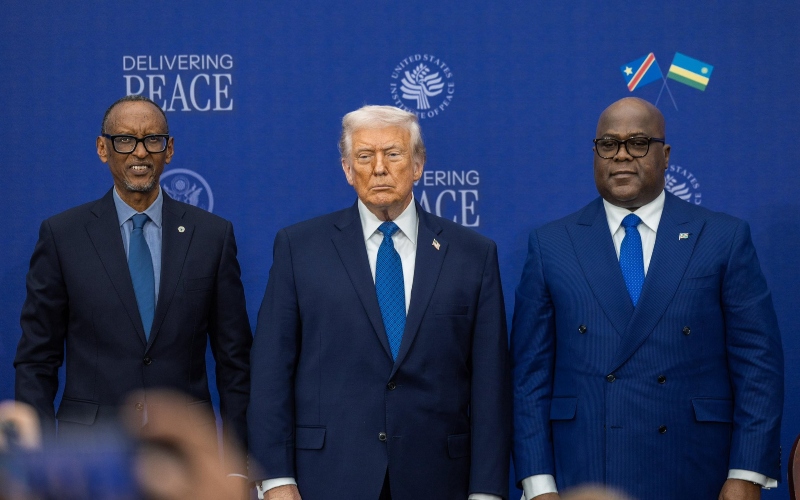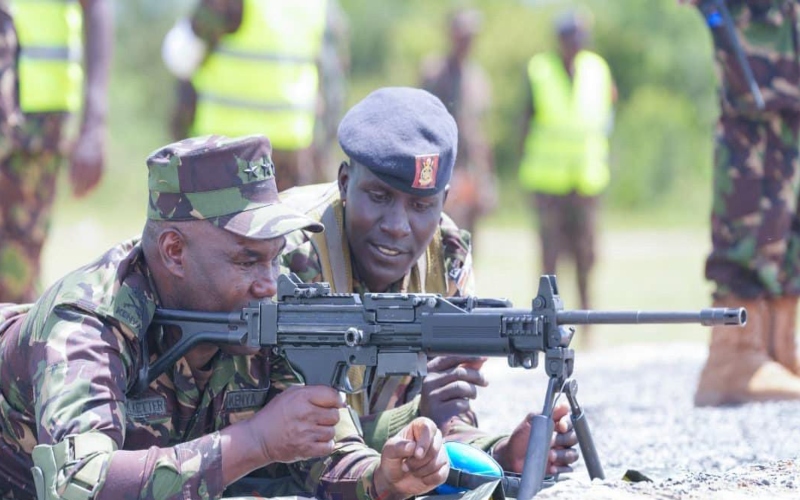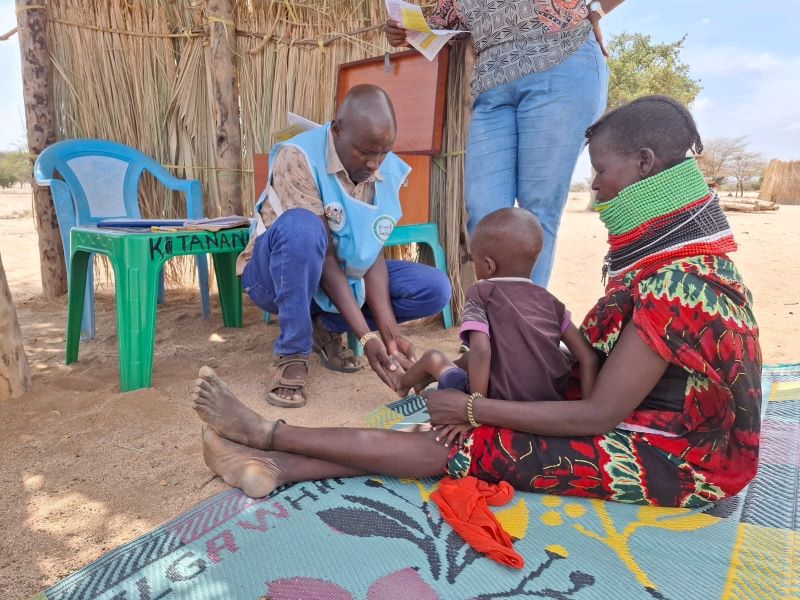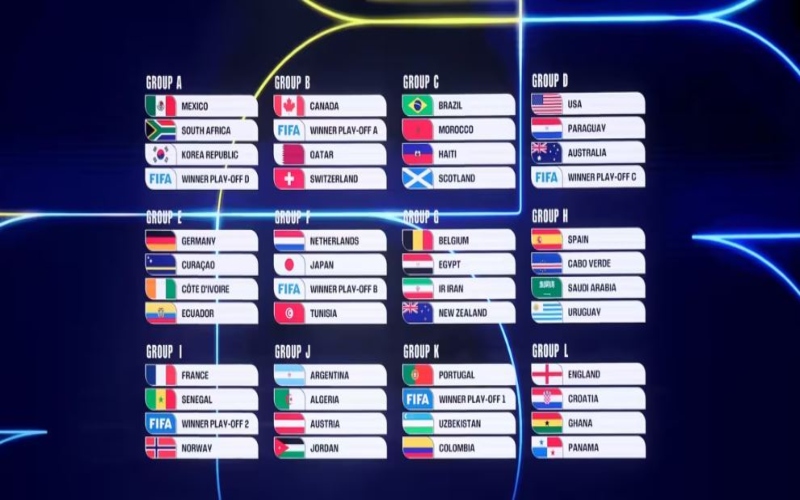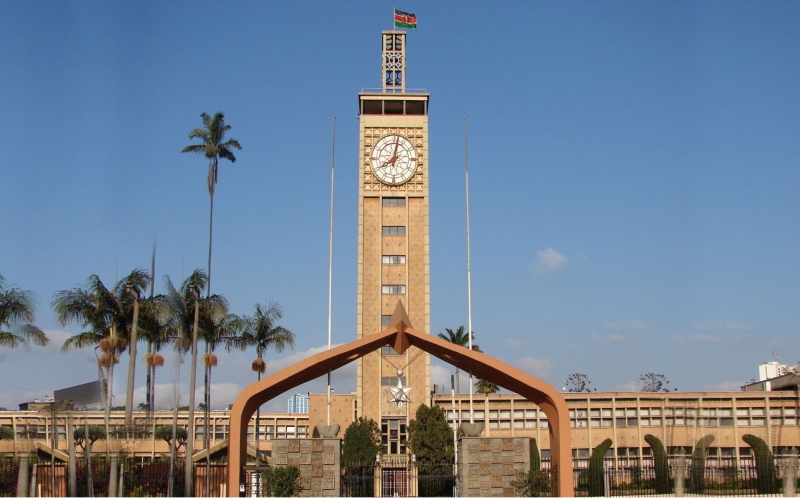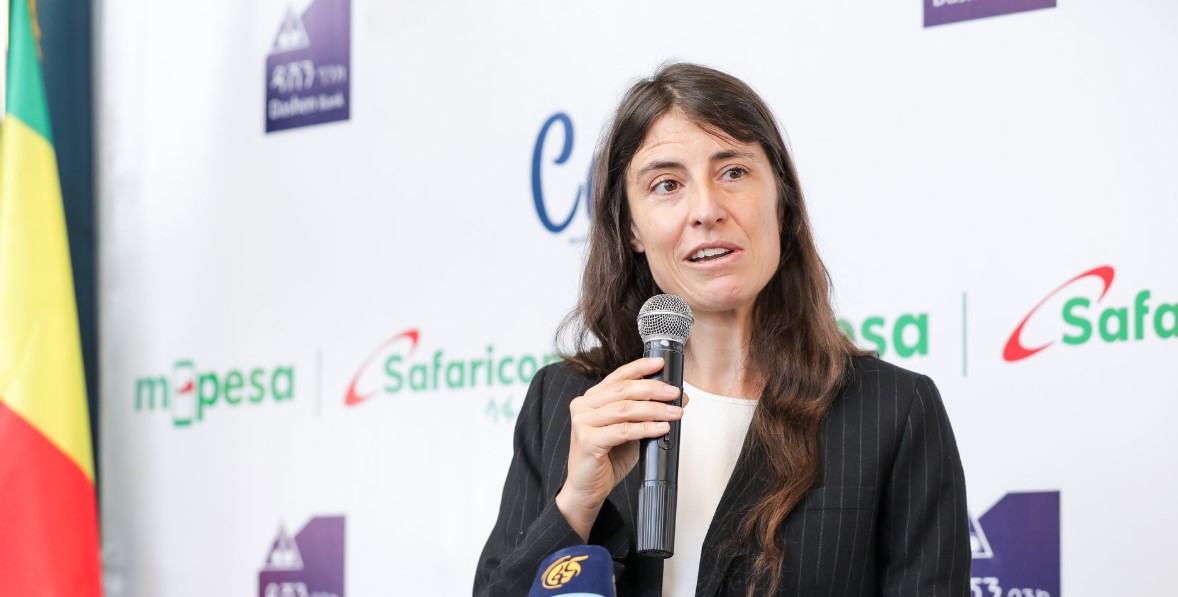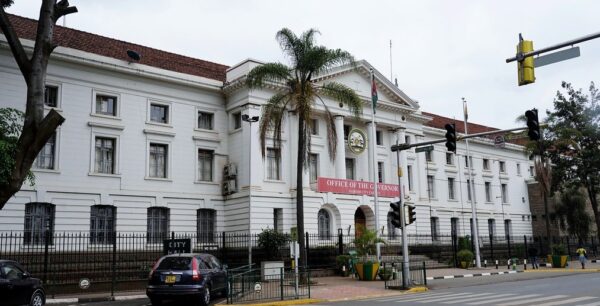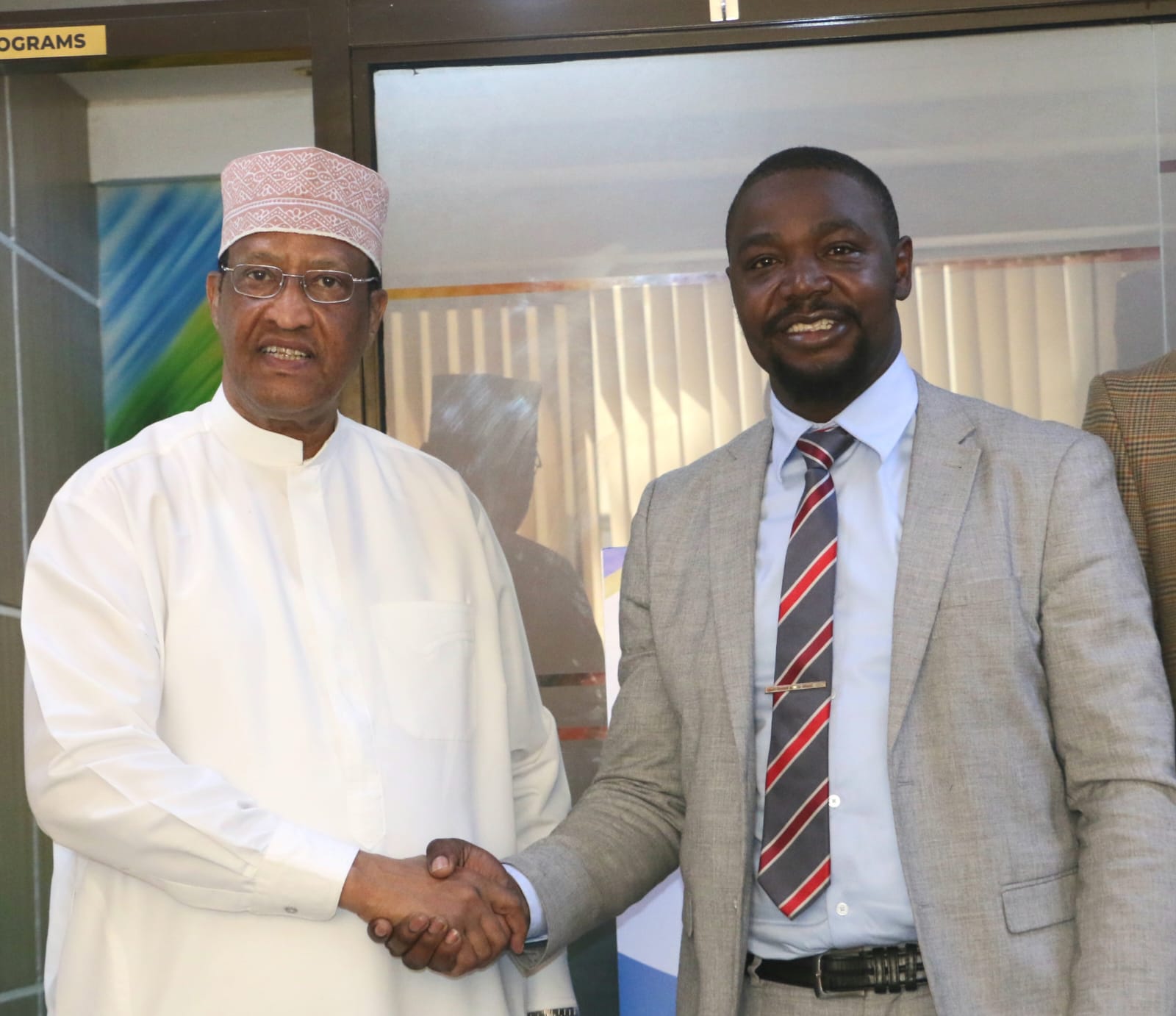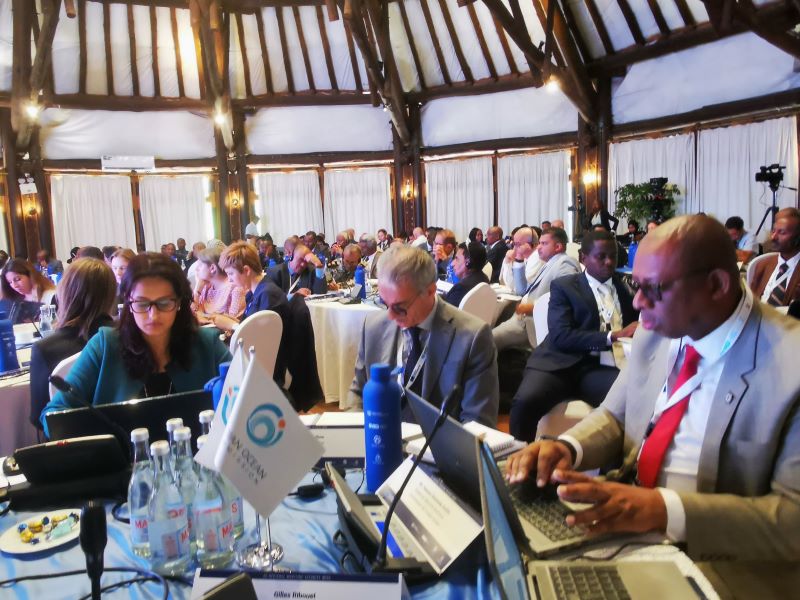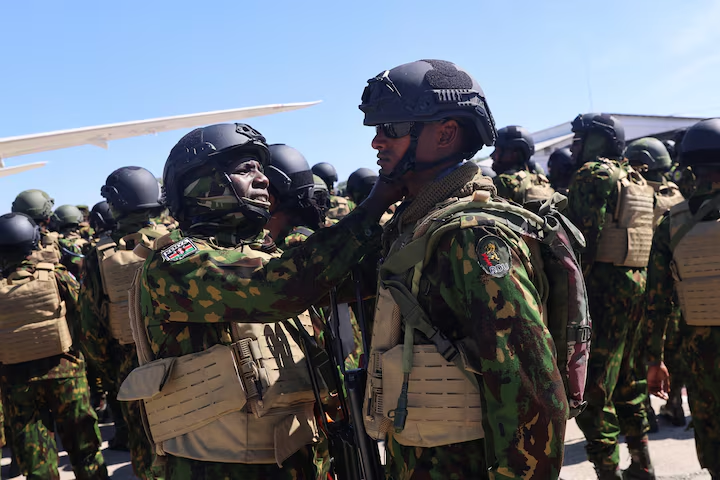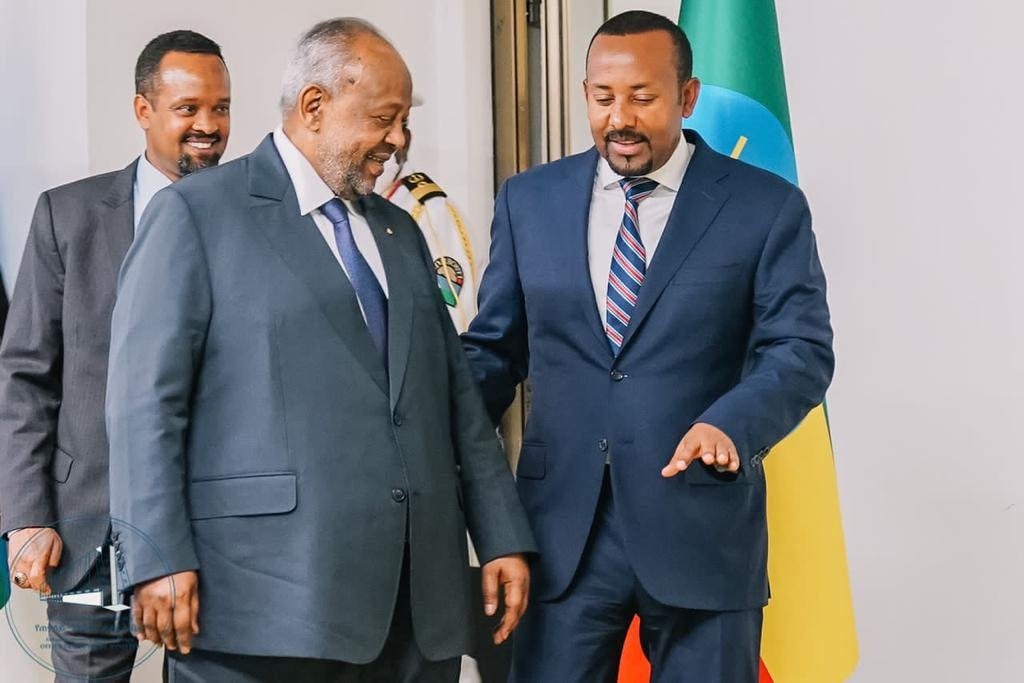New report warns of new global nuclear arms race as nations expand arsenals
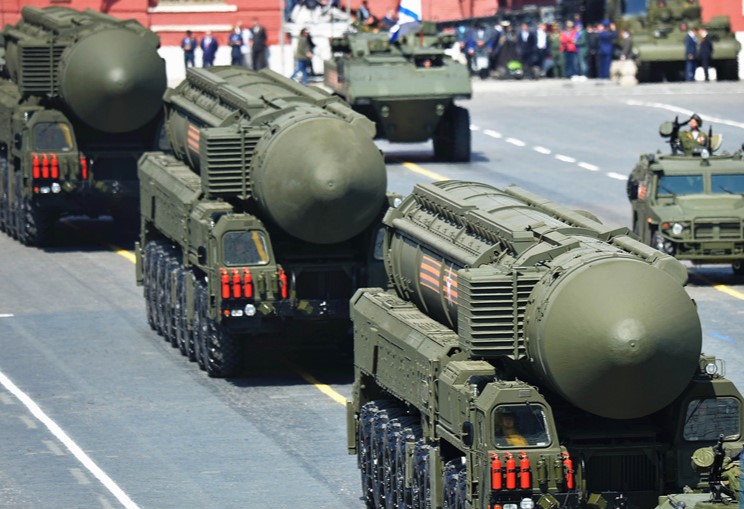
As of January 2025, the United States, Russia, the United Kingdom, France, China, India, Pakistan, North Korea, and Israel collectively held an estimated 12,241 nuclear warheads
The world is on the brink of a new, more dangerous nuclear arms race, according to a new report by the Stockholm International Peace Research Institute (SIPRI).
SIPRI, an independent global institute that tracks armaments, disarmament, and international security, warns that nearly all nuclear-armed states are modernising and expanding their arsenals in a way not seen since the Cold War.
More To Read
- US boosts Kenya's fight against weapons of mass destruction with specialised four-month training
- Kenya moves Sh500 billion nuclear power plant to Siaya after Kilifi resistance, eyes 2034 commissioning
- Pakistan denies nuclear body meeting after offensive launched on India
- Kilifi residents, leaders reject Uyombo Nuclear Power Plant project over safety fears
- Nuclear war threat: Why Africa’s pushing for a complete ban
- Trump threatens bombing if Iran does not make nuclear deal
According to SIPRI's Yearbook 2025, as of January 2025, the United States, Russia, the United Kingdom, France, China, India, Pakistan, North Korea, and Israel collectively held an estimated 12,241 nuclear warheads, with around 9,614 of them deemed potentially operational.
An estimated 3,912 of these warheads were deployed with operational forces, including about 2100 that were kept in a state of high operational alert on ballistic missiles
"Overall, the number of nuclear warheads in the world continues to decline, due to the USA and Russia dismantling retired warheads," the report reads.
"However, the number of warheads being dismantled annually appears to be decreasing, and it seems likely that the rate at which retired warheads are dismantled will soon be outpaced by the rate at which new warheads enter global stockpiles."
Together, the United States and Russia hold roughly 90 per cent of the world's nuclear weapons. While the size of their military stockpiles remained stable last year, both countries are implementing expansive modernisation plans that could increase their arsenals.
China is also in the middle of a significant modernisation and expansion of its nuclear arsenal, which is estimated to have increased from 500 to up to 600 warheads during the year
The country has constructed or is finalizing 350 new intercontinental ballistic missiles (ICBM) silos, potentially enabling it to match the missile capabilities of the USA or Russia by 2030.
If current trends continue, China could possess up to 1,500 warheads by 2035, though still well below US and Russian levels.
The report also notes that India and Pakistan have both slightly increased their nuclear capabilities in 2024, with India developing canisterized missiles that may allow for quicker deployment.
Tensions between the two nations nearly escalated into a nuclear crisis earlier this year after strikes on military infrastructure, amplified by disinformation.
North Korea, on the other hand, currently has about 50 warheads assembled and the capacity for up to 40 more. Leader Kim Jong Un has called for a "limitless" expansion of the programme.
In 2024, the UK also reaffirmed its commitment to continuous at-sea nuclear deterrence and ongoing upgrades, despite facing serious financial constraints.
France similarly pushed ahead with new ballistic submarines and cruise missiles, and Israel, though it does not publicly acknowledge its nuclear arsenal, continued tests and infrastructure upgrades.
"The nuclear arsenals of the other nuclear armed states are smaller, but all are either developing or deploying new weapon systems or have announced their intention to do so," the report reads.
"Russia, China, India, Pakistan and North Korea deploy dual-capable missiles, and all are believed to be modernising these capabilities."
Top Stories Today
